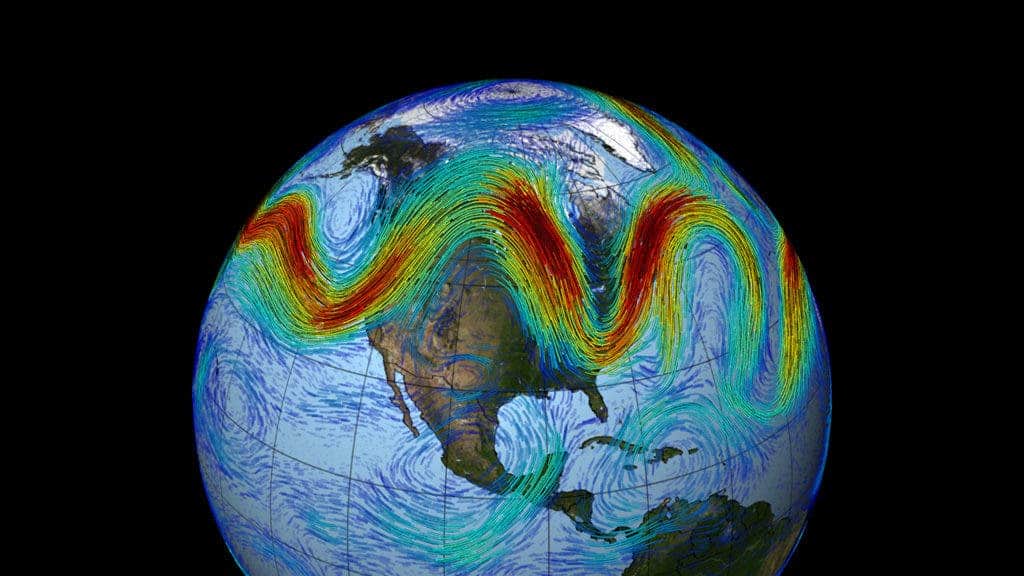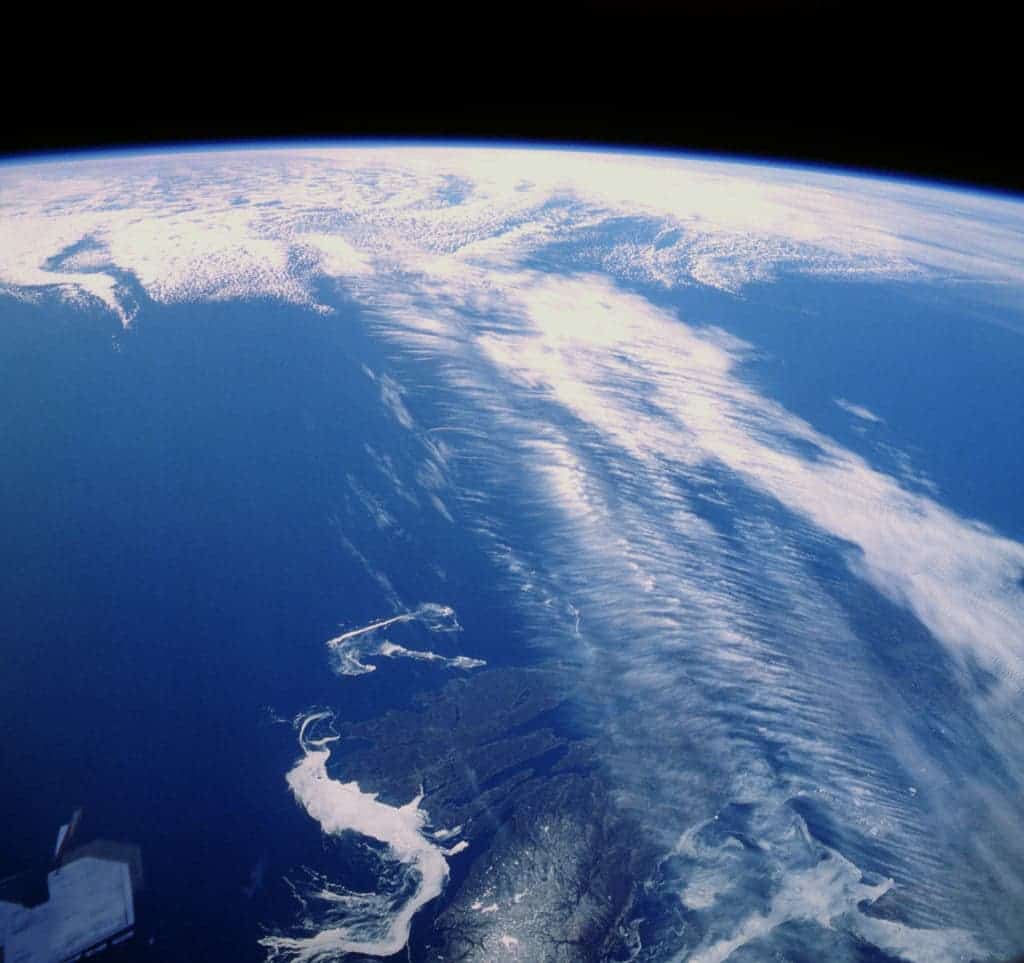As if global warming wasn’t wreaking enough havoc on the world, researchers have found that it is in fact doing even more harm than we thought.

Turning up the heat
The effects of climate change are so deep and far-reaching it would take far too long to discuss them here — you can read detailed articles on NASA, the EPA, or WWF. Some of the most noticeable effects include amplifying drought and flooding, which were discussed in this study.
Climate and weather shouldn’t be mistaken for one another, but climate does affect the weather, sometimes with disastrous effects. What this study does is show another mechanism through which it does that, uncovering “a clear fingerprint of human activity.”
“Our work shows that climate change isn’t just leading to more extreme weather through the usual mechanisms,” said lead author Michael Mann, a professor at Penn State University in the United States.
Basically, what Mann and his collaborators found is that climate change affects jet stream in a way that “favours more extreme and persistent weather anomalies.”
Jet streams are fast flowing, narrow, meandering air currents found in the atmosphere. They are westerly winds, flying from west to east, and form as a result between the atmospheric heating by solar radiation and the Coriolis force that acts on those streams (the Coriolis force is caused by the planet’s rotation around its own axis). Driven by the contrast between hotter and colder air, jet streams can reach speeds greater than 100 miles per hour (160 km/h) — which is why sometimes faster to travel from Los Angeles to New York than the other way around. But that’s not all jet streams do.
“Relatively small changes to the jet stream can have a large effect on weather and extreme weather,” co-author Dim Coumou, a professor at the Institute for Environment Studies and VU University Amsterdam, told AFP.
Basically, warming weather causes the stream to be more “stuck in place” which means that the weather won’t change as much and extreme events will last longer.
Stalling jet streams

As the Earth continues to heat up, it’s important to note that heating doesn’t take place in a uniform matter, some areas heat up more than others. The Arctic, for instance, heats up twice as more than the global average, which means that the contrast between the frigid polar air and the tropical air diminishes — and with it, the jet stream slows down. As it turns out, factors which favor the slowing down of the stream have increased by 70 percent since the beginning of the industrial age. This is not really a new idea, emerging some 50 years ago, but was subject to some criticism and debate and is still challenged to an extent.
But what this study does is that it makes a connection between jet streams, global warming, and the effect this has on humans.
“What the new study does is connect the dots between the increased frequency of this jet stream effect and human-caused warming on the planet,” Mann said.
In case you’re wondering what the effects of this phenomenon are, the study authors write that this “adds to the weight of evidence for a human influence on the occurrence of devastating events such as the 2003 European heat wave, the 2010 Pakistan flood and Russian heat wave, the 2011 Texas heat wave and recent floods in Europe.”
Climate change is much like a squid, extending its tentacles across the entire planet, often in obscure and unforeseeable ways, which is why it’s more important than ever to tackle it. Yet Mann, who is set to testify this week before Congress in a session about climate change, isn’t very optimistic about the US climate plan:
“That’s going to be a fake debate. But this stuff is where the real debate is now.”
Journal Reference: Michael E. Mann, Stefan Rahmstorf, Kai Kornhuber, Byron A. Steinman, Sonya K. Miller & Dim Coumou — Influence of Anthropogenic Climate Change on Planetary Wave Resonance and Extreme Weather Events. doi:10.1038/srep45242


